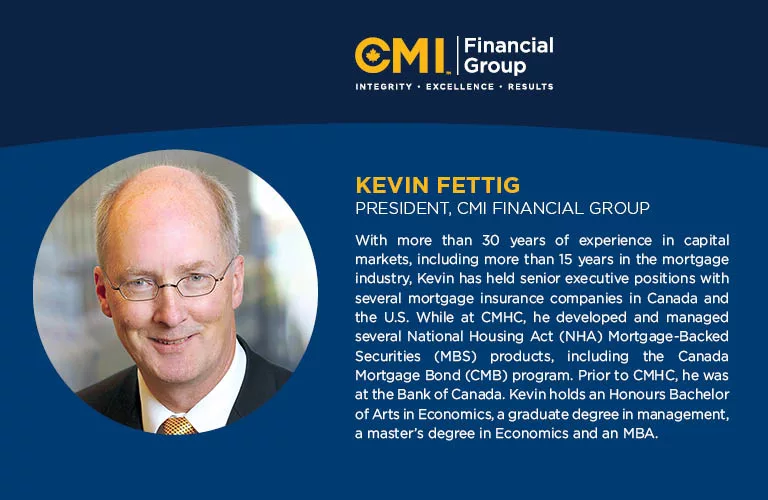Recent data from Statistics Canada reveals a significant gap in net worth between retirees who own their homes and those who don’t, highlighting the critical role of homeownership in building Canadians’ financial wellbeing. Yet, many Canadians face steep challenges in purchasing their first home, with a large number liquidity-constrained and unable to save enough for a down payment. Compounding this issue is an excess supply of new condominiums in major markets like Toronto, with inventories projected to take up to 60 months to clear. This prolonged inventory clearing process slows the development of new condominiums—at a time when increased housing supply is urgently needed.
Saving for a down payment and closing costs is a major barrier to homeownership for first-time buyers. Budget 2024 addressed this by increasing the Home Buyers’ Plan limit from $35,000 to $60,000, enabling first-time buyers to leverage the tax benefits of Registered Retirement Savings Plan (RRSP) contributions to save up to $25,000 more for their down payment. Additionally, 30-year mortgage amortizations will now be available to all first-time home buyers, and the maximum purchase price for an insured mortgage will increase to $1.5 million from the current $1 million. While these measures provide some support, they are unlikely to have a meaningful immediate impact on home ownership rates.
A zero-down mortgage program could help ease affordability barriers to home ownership, but for it to work, there needs to be a significant pool of mortgage-ready borrowers. Many millennials under 40 have strong credit profiles but lack sufficient savings for a down payment, suggesting that liquidity, rather than income, is the primary obstacle. By relaxing the need for liquid assets without changing effective borrower income, a zero-down mortgage could remove this barrier to home ownership without adding inflationary pressure, provided that insured mortgage underwriting standards remain unchanged.
What would a zero-down mortgage program look like?
Insurance premiums. A zero-down mortgage would be marginally riskier than a 95 percent loan-to-value (LTV) mortgage. CMHC could increase the insurance premium to account for this, ensuring the Mortgage Insurance Fund remains revenue-neutral. Other insurers would likely align with this approach.
Volume Cap. To safeguard the soundness and stability of the system, the program should be capped at no more than 5 per cent of each insurers’ total single-family loan volume from the previous year.
Guardrails. If the foreclosure rate among zero-down loans exceeds a set threshold (e.g., 3 per cent) in any year, the program would be suspended. Given that the current rate of mortgage arrears at major Canadian banks is 0.2 per cent, this threshold is well above the average expected default rate.
Underwriting Criteria. If concerns arise regarding the risk of a zero-down mortgage program, tighter underwriting criteria could be implemented. For example, the minimum Beacon score requirement could be raised from 680 to 725. Additionally, income stability would be essential, requiring at least two years of verifiable income. Initially, the program might focus exclusively on applicants with full-time employment. CMHC could leverage its historical insurance data to model a target segment and refine program criteria to effectively manage risk.
Maximum Loan Amount. While the new insurance cap for a new home purchase has been set at $1.5 million, this program needs a lower limit, such as $800,000. This aligns with condo and townhouse prices in Toronto, where average prices are approximately $713,801 and $799,100, respectively. However, it would be a challenge for first-time buyers in a high-cost market like Vancouver, where average condo and townhouse prices are $762,000 and $1,099,200, respectively. To address this, CMHC could set price thresholds. It has two options: if the goal is to reduce condo inventory and prevent construction bottlenecks, the price threshold could align with current condo prices. Alternatively, CMHC could return to its past practice of setting regional thresholds to reflect local market conditions.
Modified Stress Test. The stress test would need to be lowered or removed for zero-down mortgages. While this would add risk, adjusting the insurance premium to account for higher likelihood of default could mitigate it.
CMHC has previously developed low-down payment programs, at times focused on first-time homebuyers and, at others, on expanding market share—a strategy that has raised ongoing concerns about the need for strict oversight of government-backed mortgage insurance. This proposal is primarily intended to assist first-time homeowners while supporting the housing market to maintain a steady pipeline of future homes. If implemented on an actuarially sound basis, it could support first-time buyers while effectively managing risk to the government.

Independent Opinion
The views and opinions expressed in this publication are solely and independently those of the author and do not necessarily reflect the views and opinions of any person or organization in any way affiliated with the author including, without limitation, any current or past employers of the author. While reasonable effort was taken to ensure the information and analysis in this publication is accurate, it has been prepared solely for general informational purposes. Any opinions, projections, or forward-looking statements expressed herein are solely those of the author. There are no warranties or representations being provided with respect to the accuracy and completeness of the content in this publication. Nothing in this publication should be construed as providing professional advice including investment advice on the matters discussed. The author does not assume any liability arising from any form of reliance on this publication. Readers are cautioned to always seek independent professional advice from a qualified professional before making any investment decisions.
